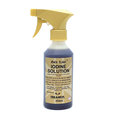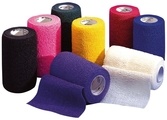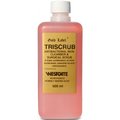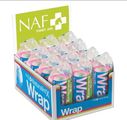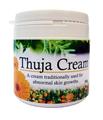Dealing with minor cuts and abrasions is a common occurence for most horse owners.
The first step is assessing the wound. It can be useful to clip or trim the hair from around the wound in order to better see the extent of the injury. It will also prevent contamination of the wound and reduce the risk of infection.
If the wound is near/over a joint, discharging, very swollen, more than skin deep or your horse is lame, it is usually best for your vet to take a look. From here you should clean the wound. Cold hosing the wound will reduce inflammation and flush out any dirt or debris. If you have sterile saline this can be used instead.
You should then clean it with an antiseptic solution such as dilute Hibiscrub. Finally dry the wound with sterile gauze and apply an antiseptic cream or spray. It may be necessary to bandage wounds, particularly on legs, to keep them clean and restrict movement. However, make sure you are confident applying bandages since a badly applied bandage can do more damage than good.
If your horse is not up to date with tetanus vaccinations, the wound becomes infected or your horse goes lame, you should contact your vet as soon as possible. 
Written by: Dr. Sophie Meers BVSc MRCVS

